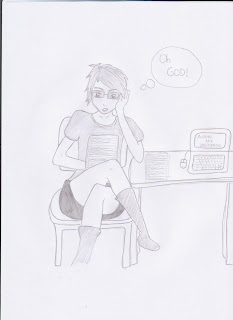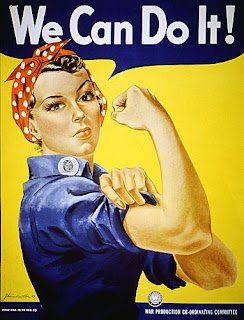This is the story of Irena Sendler and her amazing gift to mankind. This remarkable woman defied the Nazis and saved 2,500 Jewish children by smuggling them out of the Warsaw Ghetto. This unsung heroine passed away on Monday May 12th, 2008.
Her story was uncovered by four young students at Uniontown High School, in Kansas, who were the winners of the 2000 Kansas state National History Day competition by writing a play Life in a Jar about the heroic actions of Irena Sendler.
Irena Sendler was born in 1910 near Warsaw. In 1939, Germany invaded Poland, and the brutality of the Nazis accelerated with murder, violence and terror. At the time, Irena was working for the Warsaw Social Welfare Department, which operated the canteens in the city. Previously, the canteens provided meals, financial aid, and other services for orphans, the elderly, the poor and the destitute. Now, through Irena, the canteens also provided clothing, medicine and money for the Jews. They were registered under fictitious Christian names, and to prevent inspections, the Jewish families were reported as being afflicted with infectious diseases as typhus and tuberculosis.
But in 1942, the Nazis herded hundreds of thousands of Jews into a 16-block area that came to be known as the Warsaw Ghetto, which was sealed and the Jewish families ended up behind its walls, only to await certain death. To be able to enter the Ghetto, Irena got a pass from Warsaws Epidemic Control Department and she visited the Ghetto daily, reestablished contacts and brought food, medicines and clothing. But 5,000 people were dying a month from starvation and disease in the Ghetto, and she decided to help the Jewish children to get out. For Irena Sendler, a young mother herself, persuading parents to part with their children was in itself a horrendous task. Finding families willing to shelter the children, and thereby willing to risk their life if the Nazis ever found out, was also not easy.
Irena Sendler began smuggling children out in an ambulance and she issued hundreds of false documents with forged signatures. she smuggled almost 2,500 Jewish children to safety and gave them temporary new identities. The children were placed in homes, orphanages and convents. Irena Sendler carefully noted, in coded form, the childrens original names and their new identities. She kept the only record of their true identities in jars buried beneath an apple tree in a neighbor's back yard, across the street from German barracks.
But the Nazis became aware of Irena's activities, and on October 20, 1943 she was arrested, imprisoned and tortured by the Gestapo, who broke her feet and legs. Though she was the only one who knew the names and addresses of the families sheltering the Jewish children, she withstood the torture refusing to betray either her associates or any of the Jewish children in hiding. Sentenced to death, Irena was saved at the last minute when Zegota members bribed one of the Gestapo agents to halt the execution.
After the war she dug up the jars and used the notes to track down the 2,500 children she placed with adoptive families and to reunite them with relatives scattered across Europe. But most lost their families during the Holocaust in Nazi death camps. The children had known her only by her code name Jolanta. But years later, after she was honored for her wartime work, her picture appeared in a newspaper. "A man, a painter, telephoned me," said Sendler, "`I remember your face,' he said. `It was you who took me out of the ghetto.' I had many calls like that!"










